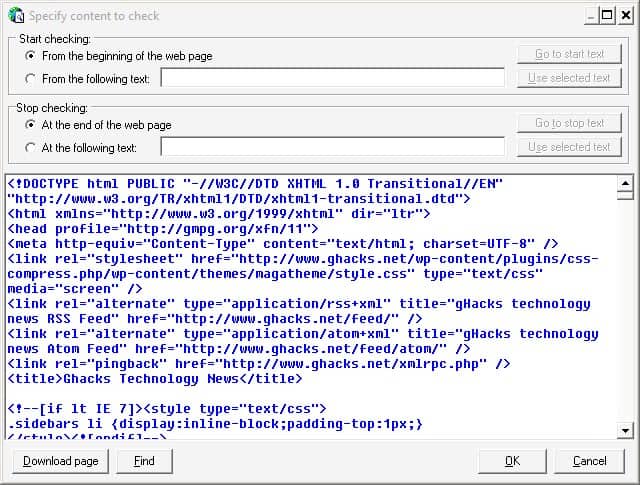

Recent malicious actions with Chrome Extensions

#Website monitor chrome extension full
Because extension pages are able to utilize full access to the Browser extension APIs (as outlined in the following model), they are typically leveraged to communicate with content scripts to launch attacks when users browse the web. Depending on the extension installed, this will load if the user navigates to the corresponding page in accordance with the information retrieved from extension pages. With its relevant convenience demonstrated, users will often browse through the available Chrome Web Store for new tools to improve upon their current experience on the web.Įxtensions utilize software code to perform these controls mentioned in the form of content scripts. Some popular variants include ad blockers, volume enhancers, theme adjusters, etc. This begins from the creation of an XQL query, which is later pivoted toward a Python script leveraged in the Action Center to gather more information on all extensions pertaining to their respective users/endpoints.Ĭhrome extensions are add-ons installed on Chromium-based browsers to improve user functionality when browsing the web. Cortex XDR Pro is studied to implement a workflow to detect the installation of any Chrome extension as soon as it is installed on the endpoint. One recent example even included a malicious extension that discreetly entered in an affiliate code whenever the user made a purchase online.

In recent times, strikingly passive tactics have been implemented within these extensions to thwart detection from the EDR and along with the end user. With the convenience Chrome extensions provide, such as ad blocking, enhanced web viewing, and improving user experiences, it is no surprise that malicious actors seek to leverage Web Store services to deliver malicious content. PoC Lab: Monitoring Malicious Chrome Extensions


 0 kommentar(er)
0 kommentar(er)
